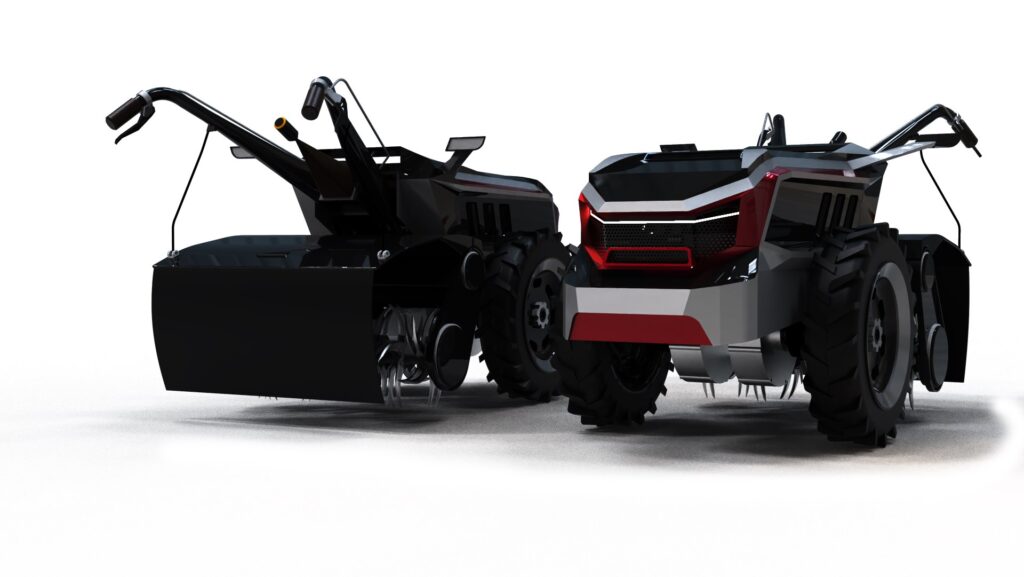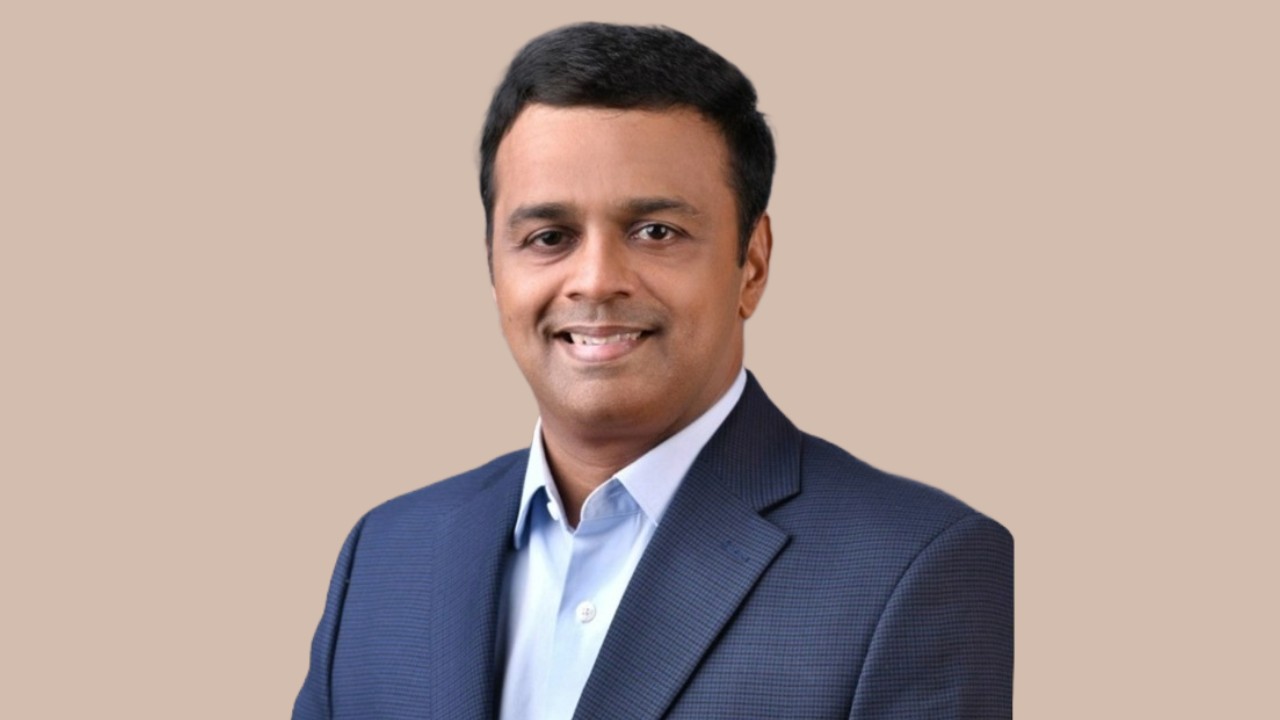Sand Bird Research and Development Pvt. Ltd.—a visionary startup funded by IIT Madras and the Government of Tamil Nadu—is on a mission to transform the lives of low-income farmers by inventing affordable and accessible electric power tiller. Recognized by UNIDO under the FLCTD initiative as one of the top 25 startups in India, Sand Bird stands at the forefront of agri-tech innovation.
At the heart of its breakthrough is a smart electric power tiller, designed to slash operational and maintenance costs by a staggering 90% compared to traditional engine-powered tillers like those from VST and KAMCO. More than just economical, the tiller integrates advanced wireless technologies that eliminate the need for farmers to trail behind heavy machinery under the scorching sun. This leap in automation not only boosts comfort and productivity but also redefines efficiency in small-scale farming.
Looking ahead, Sand Bird projects a transformative impact. Over the next five years, its solution could uplift the lives of over 500,000 farmers, reduce India’s agricultural import burden by ₹48,000 crore, and cut down 140 million tons of CO₂ emissions—signaling a major stride toward climate resilience and rural empowerment.
In an exclusive interaction with The Interview World at the PRAGATI Founders Forum 2025—hosted by iHub-AWaDH at IIT Ropar—Ajith Kannan R, Director and CPO of Sand Bird, delves into the startup’s inception and shares the core engineering principles powering the innovation. He outlines the product’s market readiness, underscores its disruptive potential in India’s farming landscape, and details the commercialization strategy that will take this breakthrough to scale.
Here are the most compelling insights from his transformative vision.
Q: Can you share the story behind the inception of Sand Bird and what inspired its creation?
A: Sand Bird is an AgriTech startup committed to advancing smart, sustainable farming solutions. The inspiration behind the venture is deeply personal. Growing up in a farming family, I witnessed firsthand the financial strain my father faced. Despite his hard work, a significant portion—over 15%—of his total income was consumed by the high cost of operating or renting tractors and power tillers from rental agencies.
With a solid foundation in mechanical and electrical systems, I brought technical expertise to the table. My experience building Formula-style race cars as part of a Formula Student team—competing on both national and international circuits—sharpened my skills in high-performance engineering and system design.
That experience sparked an idea. I asked myself: why not build a power tiller specifically for my father—one that could dramatically cut his operating and rental expenses? That question laid the foundation for Sand Bird.
Today, we’ve transformed that idea into reality. Our smart electric power tiller is not just a prototype—it’s a fully developed product. It reduces operational costs by a factor of ten compared to conventional diesel-powered tillers currently available in the market. With this innovation, we’re not just solving a personal problem—we’re offering a scalable solution that can empower countless farmers across the country.
Q: Could you explain the core technical principle that drives the functioning of this power tiller?
A: This is an electrically powered, semi-autonomous, remotely operated vehicle designed to revolutionize agricultural tilling. It significantly reduces both labour costs and fuel expenses compared to conventional diesel tillers. Typically, traditional tillers consume around ₹300 worth of diesel per hour, including the driver’s cost. In contrast, Sand Bird tillers operate at just ₹30 per hour.
This drastic reduction in operating costs lowers the vehicle’s total cost of ownership. As a result, rental agencies can earn up to ₹2.5 lakhs in additional profit within just three years. Over the full lifespan of the machine, the profit margin increases even further.
That’s the model we’ve built — one that delivers efficiency, sustainability, and measurable financial impact from day one.
Q: Is your power tiller commercially ready for market deployment, or is it still in the prototype stage?
A: As part of our go-to-market strategy, we are currently renting out the tillers to farmers. So far, we’ve successfully covered over 500 acres of farmland, primarily across regions in Tamil Nadu. Encouraged by this traction, we’ve already received several pre-orders and secured a Letter of Intent from Pentastra Engineering LLP, a South Korean company, for exports to Indonesia.
These early milestones validate both our technology and market potential. Now, we are strategically transitioning from a rental-based model to a full-scale sales-driven approach.
Q: In what ways do you envision this power tiller transforming the landscape of farming in India?
A: This solution reduces rental costs by 15%, directly improving farmers’ profitability. Coming from a farming background myself, I’ve seen the challenges firsthand. Typically, high rental costs force farmers to skip essential operations like ploughing and tilling—processes that must be performed sequentially for optimal soil health.
Due to limited cash flow at the start of the season, many farmers avoid tilling altogether. However, skipping this step leads to excessive weed growth, disrupting natural weeding cycles and ultimately compromising crop yield. By making these operations more affordable, we enable farmers to follow best practices without financial strain.
Q: Which business model do you believe is most viable for scaling and commercializing your power tillers in the Indian market?
A: We sell our vehicles directly to rental agencies, who then lease them to low-income farmers. These agencies typically purchase tractors and power tillers in bulk, making them ideal partners for scaling access. In India, most farmers own small and neatly divided plots, which makes it impractical—and often unaffordable—for them to invest in expensive machinery individually.
That’s why we focus on equipping rental agencies, who treat this as a business opportunity to generate strong returns. This vehicle is purpose-built for such operators—those who bridge the gap between technology and the farmers who need it most.









